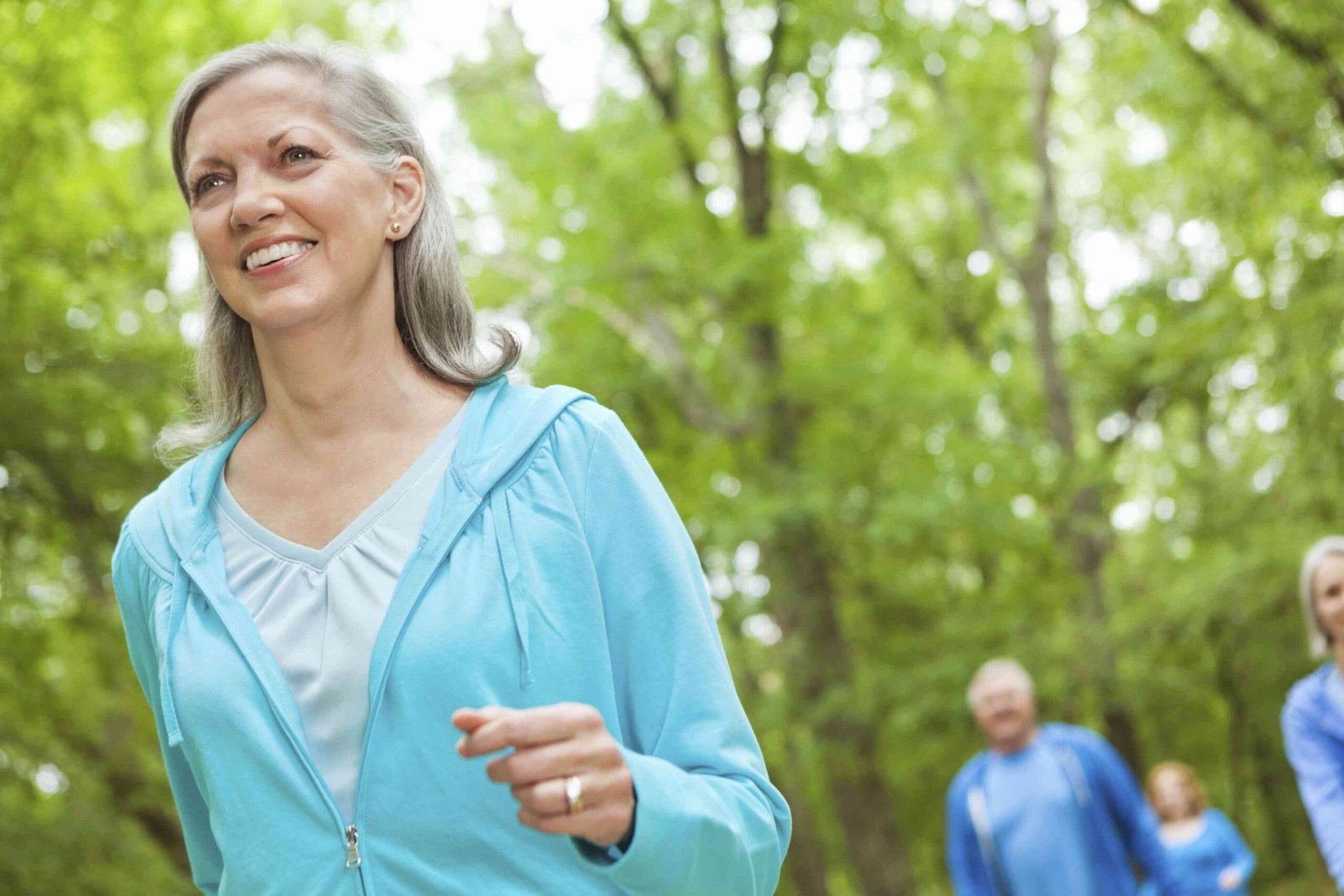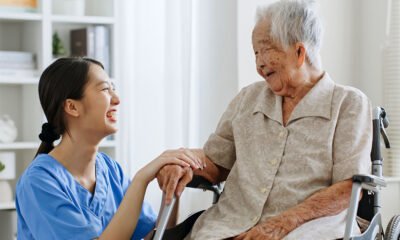Feeling a little down when the days get shorter and the weather turns colder? You’re not alone. Seasonal Affective Disorder (SAD) affects many seniors as a combination of reduced sunlight can impact mood and energy levels.
Thankfully, engaging in regular exercise for seniors with SAD can make a significant difference in helping boost mood and increase energy during these challenging months. Keep on reading to learn more.
The Importance of Exercise for Seniors
Exercise is vital for maintaining mental and physical well-being, especially for older adults grappling with SAD. It promotes the release of endorphins, scientifically known as “feel-good” hormones, which can elevate mood and foster a sense of vitality. Not only does it combat depressive symptoms, but it also enhances overall health, aiding in everything from improved sleep to better cardiovascular fitness.
Types of Exercise That Can Help
Whether you prefer a calm yoga session or a brisk walk in the park, there’s an exercise suited for every senior. Incorporating various forms of activity into your routine can yield remarkable benefits:
Aerobic Exercises
Walking, swimming, or cycling are easy ways to stay active. These activities help keep your heart healthy and your body strong. They also boost your mood and give you more energy.
Strength Training
Using light weights or resistance bands can help build strength. These simple exercises keep muscles from getting weak. Regular strength training also helps improve balance and mobility.
Yoga and Tai Chi
Yoga and Tai Chi are slow, gentle exercises. They help your body stay flexible and your mind calm. Doing them often can ease stress and lift your
mood.
Outdoor Activities
Spending time outdoors is good for both body and mind. Try walking in nature or doing some light gardening. Sunlight helps your body make vitamin D and can reduce symptoms of SAD (Seasonal Affective Disorder).
Creating a Routine
Begin by setting small, achievable goals and aim for at least 30 minutes of moderate exercise on most days of the week. Start with a 10-minute warm-up that includes light stretching to prepare your body. Then, do about 20 minutes of your favorite aerobic exercise, such as walking or cycling, to get your heart rate up.
Finish with 10 minutes of gentle yoga or cool-down stretches to relax your muscles and prevent stiffness. Always listen to your body-if you start feeling tired or strained, it’s okay to shorten your workout or take a break. Consistency and comfort are key to making exercise a lasting habit.
Social Connections Matter
Exercising in a group or with a buddy can make beating winter blues with exercise easier and more enjoyable. Joining local fitness classes for seniors or participating in a walking club can lift your mood, keep you motivated, and help you stay active. These group activities not only support physical health but also provide valuable social connections that brighten the colder months.
A Healthier You Awaits
Embracing exercise for seniors with SAD is not just about physical activity; it’s a pathway to enhancing your emotional well-being. Remember, seasonal changes don’t have to hamper your zest for life. With the benefits of exercise, you can embrace winter with renewed energy and mood stability.
For more related topics, check out the rest of our blog!

 News3 months ago
News3 months ago
 Health2 years ago
Health2 years ago
 Technology2 years ago
Technology2 years ago
 Celebrity2 years ago
Celebrity2 years ago























